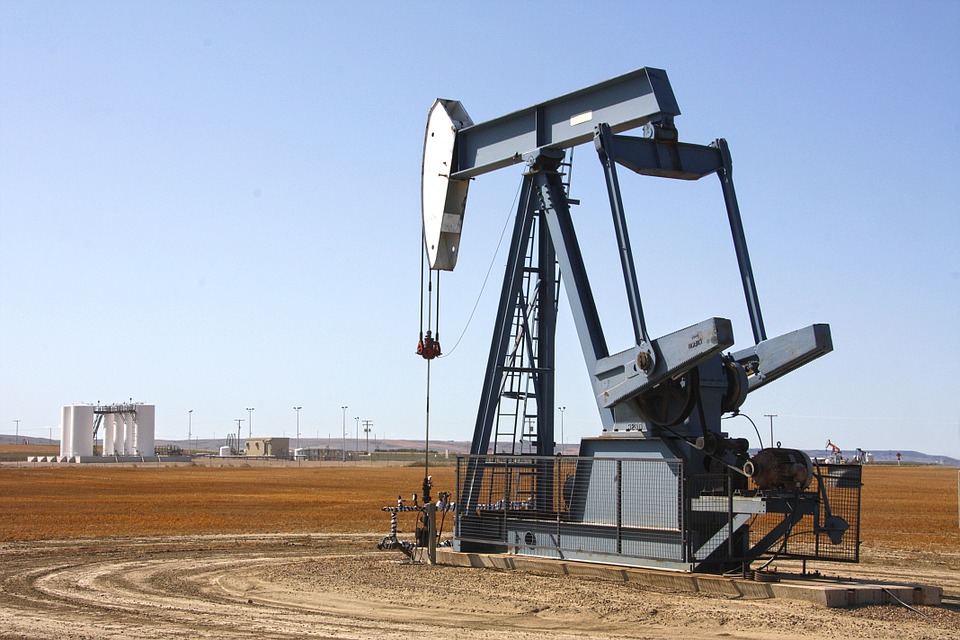by Alex Stout
The fall in the price of oil from $115/barrel in mid-2014 to $27/barrel this year has had a devastating impact on petro-states all over the world. Whereas the Kingdom of Saudi Arabia, the world’s top oil producer and exporter, cut production in the 1980s to raise oil prices, officials in Riyadh have been determined to avoid a repeat of this experience, which cost Saudi Arabia market share. Yet the kingdom has paid a major price for this geopolitically motivated oil production policy, which has resulted in Saudi Arabia running a historic budget deficit of $98 billion last year and adopting austerity measures as a result.
Last month, officials from 19 oil-producing states met in Doha to reach agreement on an oil-production rate cap. Yet any optimism over reaching an agreement faded quickly once Saudi Arabia told its fellow meeting participants that Riyadh would not sign the deal, which Venezuela and non-OPEC producer Russia advocated, should Iran not agree to limits its oil production. Below the surface, the issue is not about a fair oil production cap. Instead, the conflicting geopolitical interests of Saudi Arabia, Iran, and Russia explain the failure to reach an agreement in Doha.
As the global oil industry collectively waits with bated breath for a resolution and the resumption of a semi-stable environment, the back-and-forth rhetoric among the three nations only adds to the uncertain future of petroleum, which has seen prices reach 12-year lows.
Crude Race
After the OPEC meeting in Doha, Russian oil officials responded to Riyadh’s threat to flood the global market with much larger volumes of crude by saying that they are prepared to raise Russian oil production to historic levels. Russian Energy Minister Alexander Novak told the media at a global energy summit in Moscow that the Saudis “have the ability to raise output significantly. But so do we.” Novak added that although Riyadh has the capabilities to drastically boost its daily production rates, Russia has the theoretical ability to raise its daily production rates from 10.8 million barrels per day to as high as 13 million barrels per day.
Iran, meanwhile, has attempted to regain a foothold in the global oil market following the landmark lifting of sanctions connected to the 2015 nuclear deal. It has wasted no time in joining what has become the petroleum equivalent of the infamous arms race of the Cold War.
A senior Iranian government official told Reuters that the country has 55-60 oil tankers at its disposal, with sources within the oil industry noting that 25-27 of these tankers are located in sea lanes near Assaluyeh and Kharg Island. According to Reuters, since the lifting of Iran’s sanctions, eight foreign vessels have delivered approximately eight million barrels of Iran crude to European buyers.
The latest failed discussions, having done nothing to quell worries within the industry, seem to have opened the door for Riyadh to make good on its threats to boost daily production rates to levels never before witnessed, further adding to an already devastating glut.
Saudi oil officials have shown no indication that they will back down from threats to further boost production. Given the unflinching stances of all three major players, OPEC’s next meeting in Vienna on June 2, 2016 will likely produce a result very similar to what happened in Doha.
At a time when governments and companies alike are suffering at the hands of an oversaturated market, companies such as Royal Dutch Shell and BP are seeking to cut costs and scale back operations while Saudi Arabia is expected to raise its output level to over 11 million barrels per day (though some outside sources speculate that the number could be closer to 12 million barrels per day).
Citing what Saudi oil officials have described as an expected increase in global demand this year, state-owned Saudi Aramco is planning to increase daily Saudi oil production despite an international oil glut. Saudi Aramco CEO, Amin Nasser—whether truly concerned with meeting a perceived global demand or attempting to mask Riyadh’s bid to starve out competitors such as Russian and Iran—has said that the company predicts global petroleum demand will increase by approximately 1.2 million barrels per day throughout 2016.
Iran’s Gambit
Bemoaning recent calls for production rate caps from its longtime foe, Iranian Oil Minister Bijan Namdar Zangeneh ridiculed Riyadh’s demands for an Iranian daily production cap as the nation attempts to regain market share following years of sanctions. “It is very ridiculous, they come up with the proposal on freezing oil production and call for this freeze to take place in their 10-million-barrels-a-day production vis-à-vis Iran’s 1 million barrels a day.” In further criticizing attempts to limit Iranian production, Zangeneh continued, “If Iran’s crude oil production falls, it will be overtaken considerably by the neighboring countries.”
Tehran’s discontent with Riyadh’s petroleum stance is no surprise, especially given Iran’s geo-sectarian cold war with Saudi Arabia. However, with a Russian energy sector now playing a prominent role in this contentious situation, all three parties have a great deal to lose should they make concessions in their petroleum outputs. This regional power struggle for petroleum supremacy not only affects the region and its balance of power but also threatens to have a long-lasting and highly destabilizing impact on the world’s energy market.
Iranian attempts to revitalize an economy devastated by years of sanctions, Riyadh’s refusal to engage in talks surrounding production limits without an Iranian compromise, and a Russian oil industry poised to challenge daily barrel output rates of its Saudi competitor do not invoke feelings of security for the global oil market. Venezuelan Oil Minister Eulogio Del Pino, noting the oversaturated global market, said, “We are close to 90 percent of inventory levels already…We could see a steep fall in oil prices in the next few weeks.”
While Riyadh, Tehran, and Moscow exchange barbs and denounce production limit demands, pressure on the remaining oil-producing countries mounts at a dizzying rate.
Venezuela’s oil minister highlighted the dire situation facing the oil market, saying that the current global supply exceeds demands by approximately 1.5 million to 2 million barrels per day and that oil-producing nations, whether members of OPEC or not, must continue to engage in discussions. Although other producing nations have engaged in talks to halt what has been a historic free fall of petroleum prices, Riyadh, Tehran, and Moscow have made it quite apparent that their interests lie not in the preservation of a stable global market but instead in their geopolitical agendas.
As these three governments engage in quite public petroleum posturing, OPEC members and other producing nations alike have voiced their hopes that a deal will soon be reached. But the chances that these three governments will acquiesce to one another’s demands within the spectrum of oil production remain as small as the chance that these three actors will soon reach an amicable solution regarding their involvement in proxy wars in Syria and Yemen.
Alex Stout is a contributor to Gulf State Analytics (@GulfStateAnalyt), a Washington, DC-based geopolitical risk consultancy.






Saudi Arabia is pumping more oil to pay its bills. Wars are costly. In life as in science, when more than one explanation accounts for an event, the simpler one is the more accurate. And the simple fact here is that Saudi Arabia is steadily going broke.